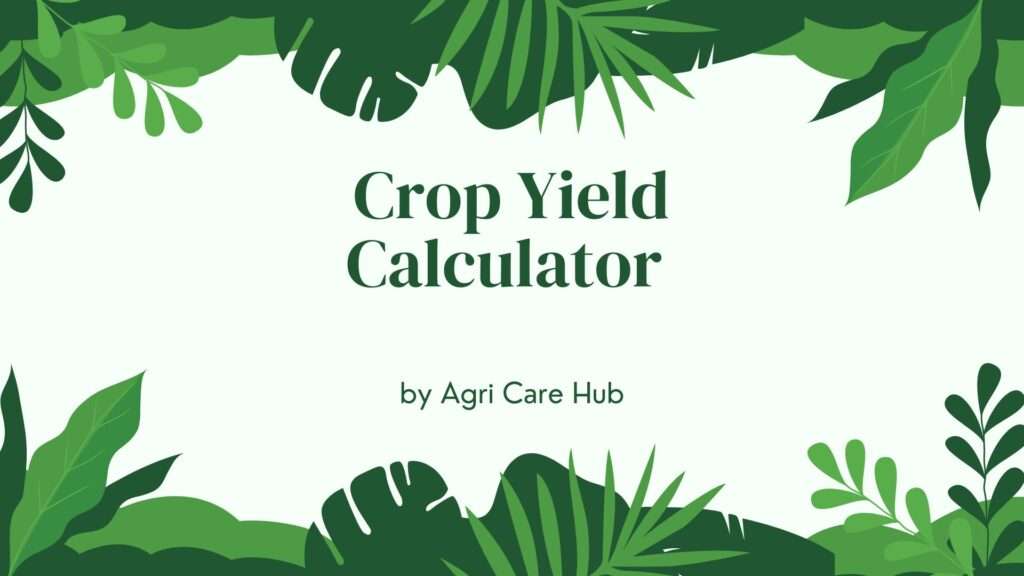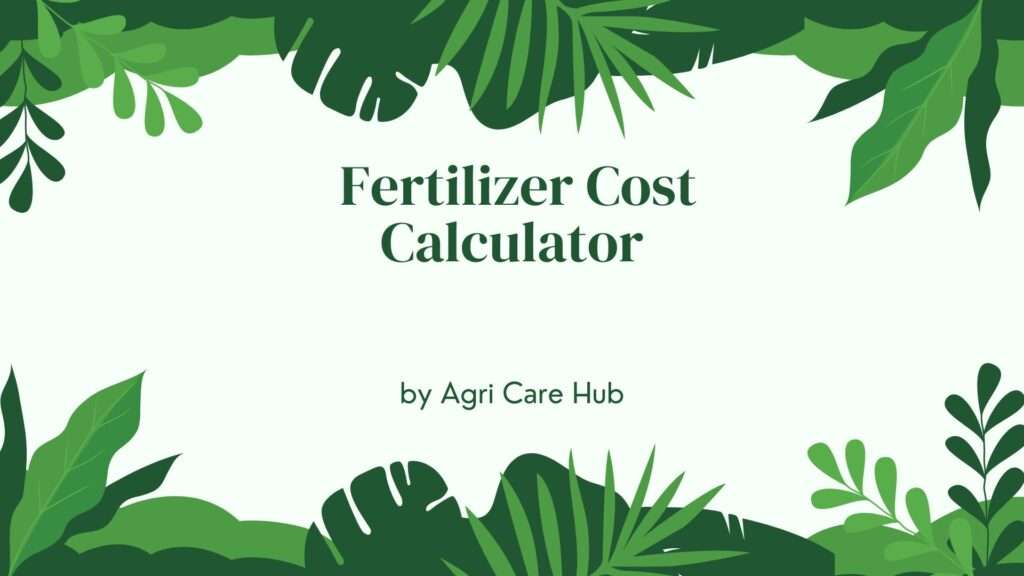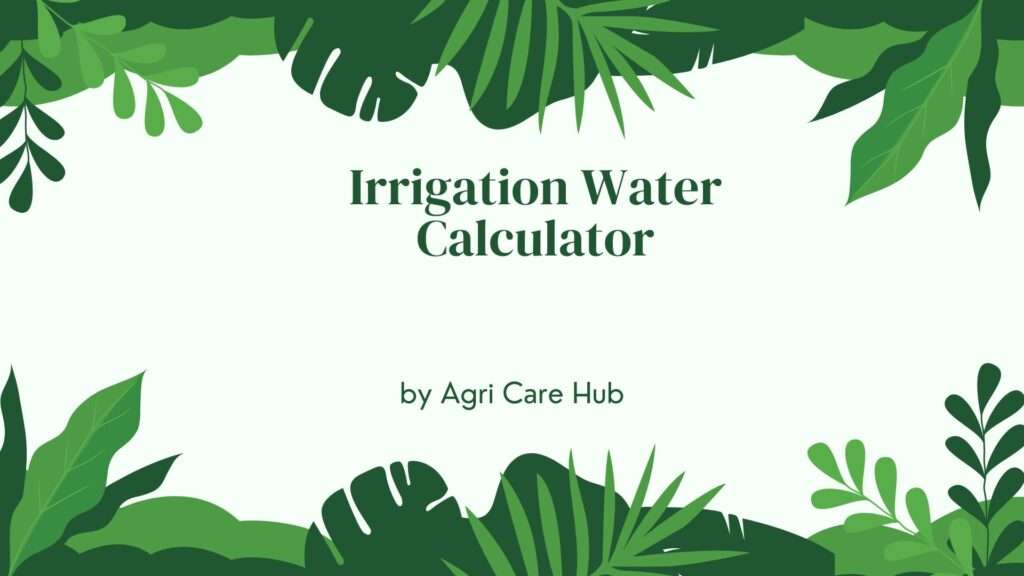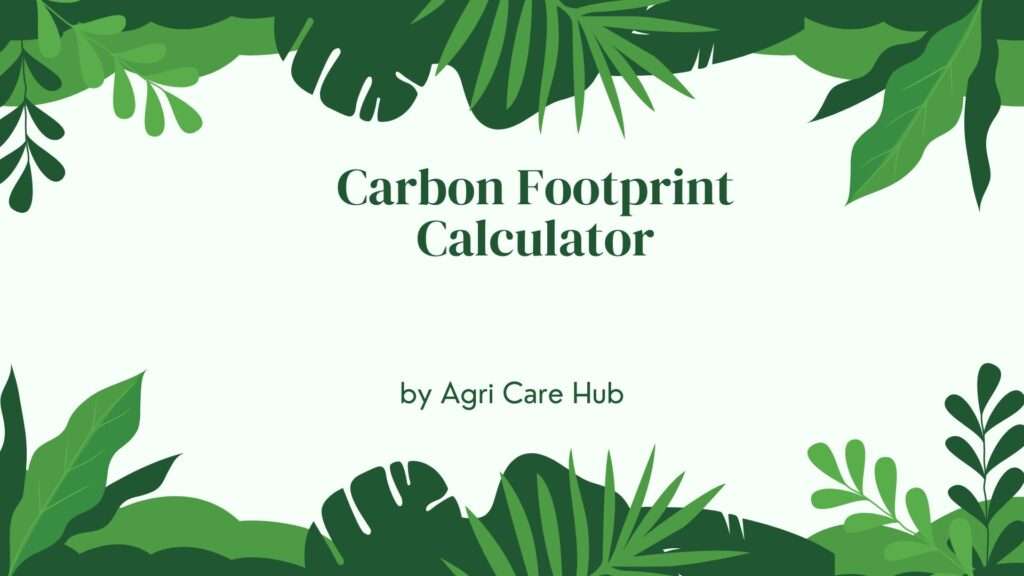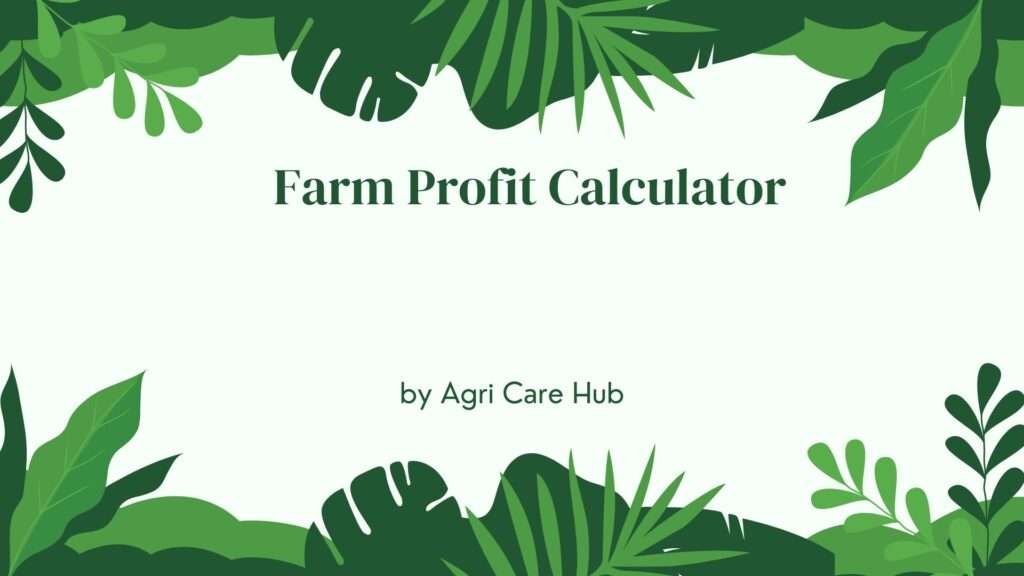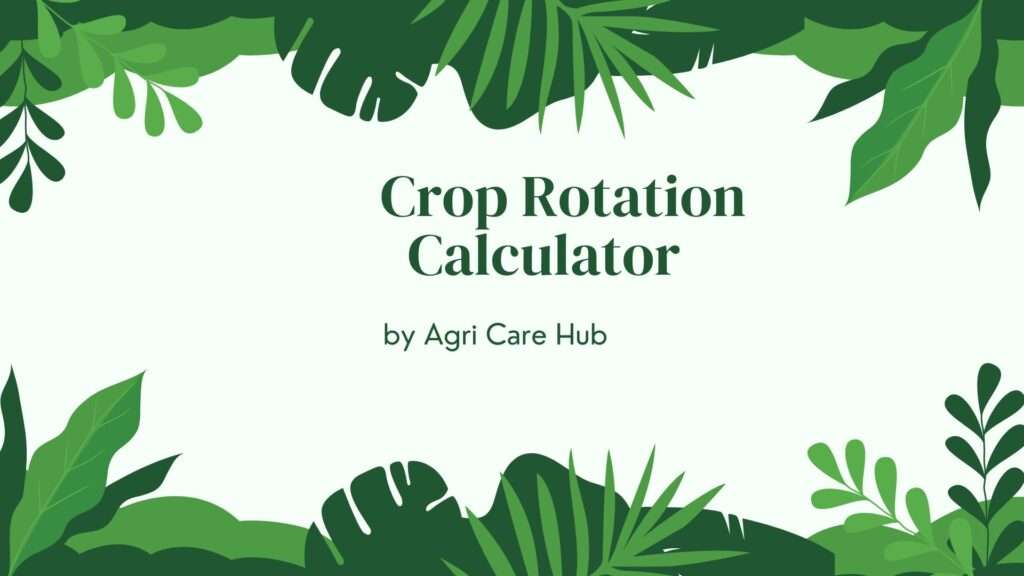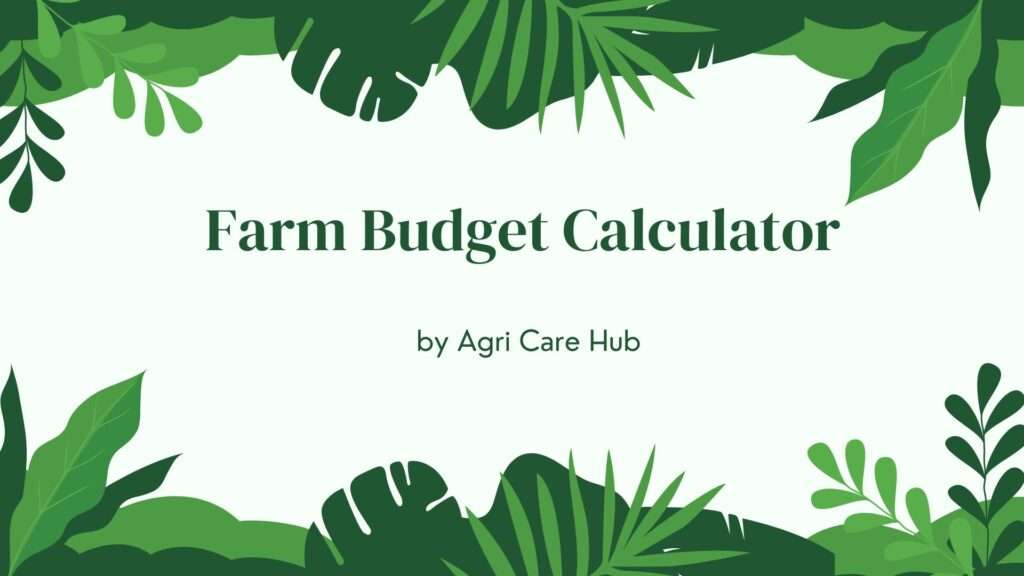Farm Tax Deduction Calculator
About the Farm Tax Deduction Calculator
The Farm Tax Deduction Calculator is a user-friendly tool designed to help farmers estimate potential tax deductions based on common farming expenses. By inputting costs such as seeds, equipment, labor, and utilities, farmers can quickly calculate deductible expenses to reduce their taxable income. This tool aligns with IRS guidelines outlined in Publication 225, ensuring accurate and reliable results for farm businesses. For comprehensive insights into farm tax strategies, visit Agri Care Hub or explore detailed deduction information at Farm Tax Deduction.
Importance of the Farm Tax Deduction Calculator
Farming is a financially demanding profession, and understanding tax deductions is critical for maximizing savings. The Farm Tax Deduction Calculator simplifies this process by providing a clear estimate of deductible expenses, helping farmers manage their finances effectively. According to IRS rules, farmers can deduct "ordinary and necessary" expenses, such as seeds, feed, and equipment repairs, which directly impact their taxable income. By using this calculator, farmers can ensure they are claiming all eligible deductions, reducing their tax liability and reinvesting savings into their operations. This tool is especially valuable for small and medium-sized farms aiming to optimize their financial health.
User Guidelines
To use the Farm Tax Deduction Calculator effectively, follow these steps:
- Gather Financial Records: Collect receipts and invoices for farm-related expenses, such as seeds, fertilizer, labor, and utilities.
- Input Accurate Data: Enter the exact costs for each category in the calculator. Ensure all entries are in U.S. dollars and reflect expenses incurred during the tax year.
- Review Results: After submitting, the calculator will display the total deductible amount. Note that some expenses, like conservation costs, may have limits (e.g., 25% of gross farm income).
- Consult a Professional: For complex deductions or depreciation schedules, consult a tax professional to ensure compliance with IRS regulations.
- Keep Records: Maintain detailed records of all expenses as proof for IRS audits, as recommended by Farm Tax Deduction.
When and Why You Should Use the Farm Tax Deduction Calculator
The Farm Tax Deduction Calculator should be used during tax preparation or financial planning to estimate potential deductions. Farmers should use it annually, especially before filing Schedule F (Form 1040), to calculate their net profit or loss from farming. It’s particularly useful when:
- Preparing Taxes: Estimate deductions to reduce taxable income and plan for tax payments.
- Budgeting: Understand how expenses impact your financial bottom line and plan for future investments.
- Exploring Credits: Identify deductible expenses that may qualify for additional tax credits, such as the Earned Income Tax Credit (EITC) for low-income farmers.
- Starting a Farm: New farmers can use the calculator to estimate startup costs and potential deductions, as outlined by Agri Care Hub.
The primary reason to use this tool is to maximize tax savings while ensuring compliance with IRS guidelines. By identifying all deductible expenses, farmers can lower their tax burden and improve their financial stability.
Purpose of the Farm Tax Deduction Calculator
The primary purpose of the Farm Tax Deduction Calculator is to empower farmers with a reliable tool to estimate tax deductions accurately. It serves several key objectives:
- Simplify Tax Preparation: The calculator streamlines the process of calculating deductions, saving time and reducing errors.
- Enhance Financial Planning: By providing a clear picture of deductible expenses, farmers can make informed decisions about reinvesting in their operations.
- Ensure Compliance: The tool adheres to IRS guidelines, ensuring that calculations are based on verified methodologies from Publication 225.
- Support Small Farmers: Small and medium-sized farms benefit from understanding deductions, which can significantly impact their profitability.
Farming involves significant expenses, from purchasing seeds to maintaining equipment. The IRS allows farmers to deduct these costs to reduce taxable income, but navigating these deductions can be complex. The Farm Tax Deduction Calculator simplifies this process by categorizing expenses and providing instant results. It also helps farmers identify expenses that may qualify for special deductions, such as Section 179 for equipment or conservation expenses under IRC § 175.
Understanding Key Farm Tax Deductions
Farm tax deductions are expenses that the IRS considers “ordinary and necessary” for running a farm business. These include:
- Seeds and Plants: Costs for seeds and plants used for crop production are fully deductible in the year they are purchased.
- Fertilizer and Lime: Expenses for soil improvement lasting one year or less are deductible, while longer-term improvements may need to be capitalized.
- Livestock Feed: Feed purchased for livestock is deductible, provided it meets IRS criteria for business purposes.
- Equipment: Equipment costs can be deducted via Section 179 (up to $1,220,000 in 2024) or depreciated over time.
- Labor Costs: Wages paid to farm workers, including family members, are fully deductible if reasonable for the work performed.
- Utilities: Costs for electricity, water, and fuel used in farming operations are deductible, but personal use must be excluded.
- Insurance: Premiums for farm-related insurance, such as crop or equipment coverage, are deductible.
- Interest on Loans: Interest paid on farm-related loans, including mortgages and equipment loans, is deductible.
- Conservation Expenses: Soil and water conservation costs are deductible up to 25% of gross farm income, with excess carried forward.
For detailed guidance on these deductions, refer to IRS Publication 225 or visit Farm Tax Deduction.
Maximizing Your Deductions
To maximize deductions, farmers must maintain accurate records and separate personal and business expenses. Tools like FarmRaise Tracks can help organize expenses for Schedule F filing. Additionally, farmers should explore depreciation options, such as Section 179 or bonus depreciation, to recover equipment costs faster. Consulting a tax professional is recommended to navigate complex rules, such as the 50% limit on prepaid supplies or the allocation of mixed-use expenses. By using the Farm Tax Deduction Calculator and staying informed through resources like Agri Care Hub, farmers can optimize their tax strategy and enhance profitability.
Limitations and Considerations
While the Farm Tax Deduction Calculator provides accurate estimates, it has limitations:
- Not a Substitute for Professional Advice: The calculator is a planning tool, not a replacement for a tax professional.
- Expense Limits: Some deductions, like conservation expenses, are capped at 25% of gross farm income.
- Depreciation Rules: Equipment deductions may require spreading costs over multiple years, depending on IRS rules.
- Audit Preparedness: Maintain receipts and records to substantiate deductions in case of an IRS audit.
By understanding these limitations and using the calculator responsibly, farmers can confidently plan their tax strategy.
Conclusion
The Farm Tax Deduction Calculator is an essential tool for farmers seeking to maximize tax savings and streamline financial planning. By providing accurate, IRS-compliant calculations, it empowers farmers to focus on their operations while minimizing tax liability. For further resources and expert advice, visit Agri Care Hub and Farm Tax Deduction to stay informed about the latest tax strategies.

